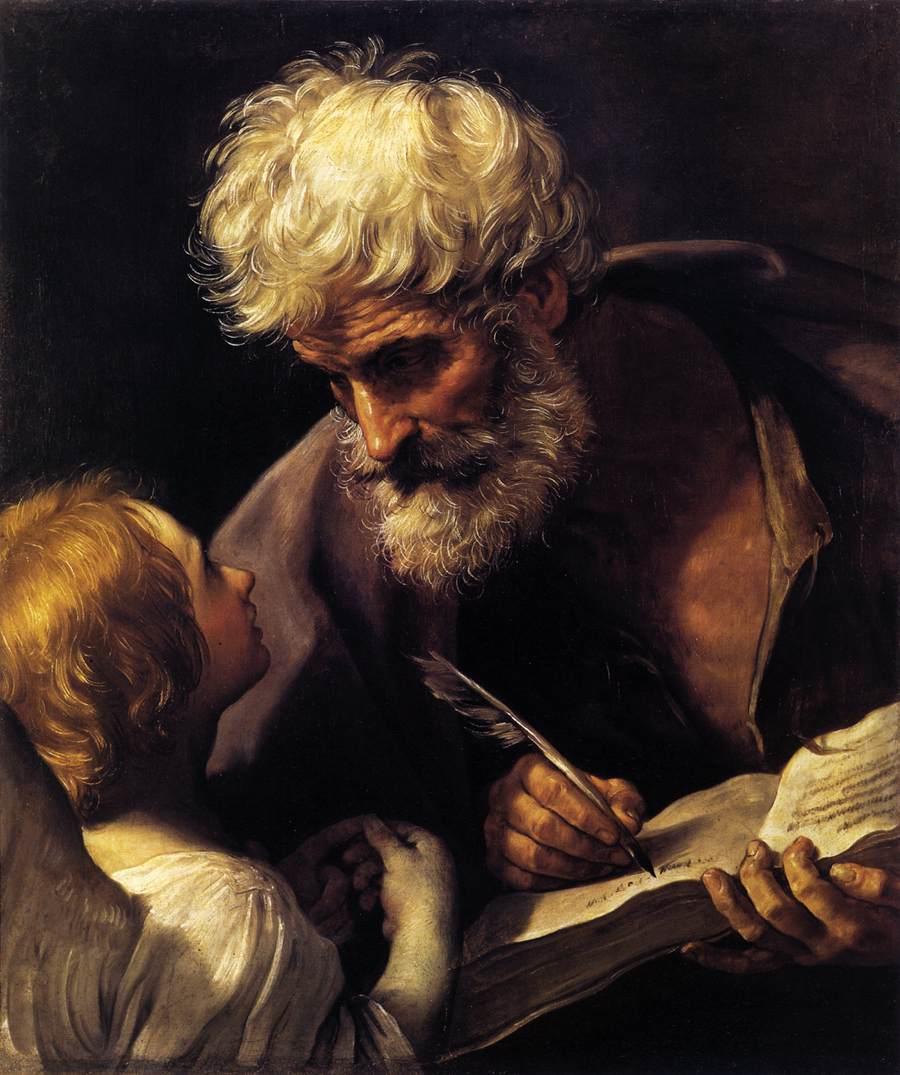
Lesson Objectives
- To read Matthew 19-28 with understanding.
- To understand the Old Testament background to Matthew’s depiction of Jesus’ entry into Jerusalem, His Passion and death.
- To understand the deep Old Testament context by which Matthew conveys that Jesus is the long-awaited “Son of David” and the “Son of God.”
I. Review and Overview
A. Reading the Last Book
In this final lesson, we’re going to be looking at the last of the "five books" of Matthew’s Gospel (see Matthew 19-25) and what we identified as the Gospel’s "epilogue" - Matthew’s narrative of Jesus’ Passion, death and Resurrection (see Matthew 26-28).
In these sections, Matthew uses his literary skill and his deep and nuanced understanding of the Old Testament to bring together a number of the themes he has sounded throughout the Gospel.
We’re going to focus on one of those themes: Matthew’s use of Old Testament traditions and expectations concerning the Davidic covenant.
B. Promised of Old
This is a them we pointed out in our first lesson and reintroduced in our last lesson. To review: God’s "everlasting covenant" with David (see 2 Samuel 23:5; Psalm 89:4-29;132:12), marked the pinnacle of the Old Testament.
In promising to establish David’s son as His own son and to give him an everlasting kingdom that would extend over all nations (see 2 Samuel 7:8-16; 1 Chronicles 17:7-14), God declared the Son of David to be the one who would fulfill His promise to Abraham.
God’s covenant with Abraham was that he would be the father of many nations and that through his son Isaac, all the nation’s of the world would be blessed of descendants (see Genesis 17:4-8; 22:15-18).
It was to honor that covenant with Abraham that God raised up Moses to deliver Israel, the nation born of the children of Isaac, from Egypt (see Exodus 2:24; 6:5). And it was for "my people Israel" that God established His covenant with David (see 2 Samuel 7:8,10,11; 1 Chronicles 16:14-18).
As we noted in our first lesson, and as Matthew notices in the very first lines of his Gospel, at the time of Jesus’ birth God’s promise to David seemed to have been left unfulfilled.
The kingdom established by David’s son had been destroyed. First it was divided in two by a civil war. Next both rival kingdoms were conquered and the peoples swept off into exile.
Through the prophets, God had foretold the coming of a Messiah, a righteous offshoot, a son of David (see Isaiah 11:1; Jeremiah 23:5; Zechariah 3:8; 6:12). Like David, he would be a shepherd for God’s people and would be the sign of a new covenant between God and His people (see Ezekiel 34:23-25; 37:24-27).
This shepherd king (see Jeremiah 23:3-7; Hosea 3:5) would gather up the exiled people, restore the kingdom of David and would reign forever (see Isaiah 9:5-6; Jeremiah 33:15-18).
C. The New Son of David
These are dominant themes, as we have noted, in Matthew’s Gospel.
Nine times Jesus is called "son of David" in Matthew (as compared to twice in Mark and Luke and none in John).
Jesus’ birthplace, Bethlehem, is recalled as "the city of David" (see Matthew 2:1; 1 Samuel 20:6). Like the Davidic Messiah, Jesus is called God’s "beloved son" at His baptism (see Matthew 3:17; Psalm 2:7).
Jesus first announces "the kingdom" in Galilee, in the region of Zebulun and Naphtali, to fulfill Isaiah’s prophecy that the rebuilding of David’s kingdom would begin precisely in the region where the kingdom’s destruction began (see Matthew 4:12-17; Isaiah 9:1-2).
The beginning of the end of the kingdom was the Assyrian invasion of these regions (see 2 Kings 15:29). Isaiah had seen the kingdom being renewed in the "Galilee of the Gentiles," with the birth of a king who would sit upon David’s throne (see Isaiah 9:7).
Other Lessons
- Lesson One: Learning to Listen for Echoes: A New Approach to the New Testament
- To understand how important the Old Testament is to reading and interpreting the New Testament.
- To learn what “typology” is and to appreciate its significance for reading the New Testament.
- To understand the relationship between the writers of the New Testament and other first-century Jewish interpreters of Scripture.
- Lesson Two: Son of David, Son of Abraham
- To read Matthew 1-2 with understanding.
- To learn the Old Testament history and background behind the quotations and allusions used in the prologue to Matthew’s gospel.
- To gain a fuller appreciation of Matthew’s depiction of Jesus as a “new Moses.”
- Lesson Three: ‘Not to Abolish, But to Fulfill’
- To read Matthew 3-7 with understanding.
- To understand the Old Testament background and allusions in Matthew’s depictions of John the Baptist, the Baptism of Jesus and His temptation in the wilderness.
- To understand the crucial importance of Jesus’ summary in the Sermon on the Mount: “Do not think that I have come to abolish the law or the prophets. I have come not to abolish but to fulfill.”
- Lesson Four: Healing and Restoration
- To read Matthew 8-10 with understanding.
- To understand the Old Testament background and allusions in Matthew’s depiction of Jesus’ healings and other miracles and the growing tensions with the scribes and Pharisees.
- To understand how Matthew uses evocations of select Old Testament prophets to convey that in Jesus, the long-anticipated “restoration” of Israel has begun.
- Lesson Five: Riddles of Rejection, Rock of Foundation
- To read Matthew 11-18 with understanding.
- To understand the Old Testament background to Jesus’ teaching in parables.
- To understand the deep Old Testament context by which Matthew conveys that Jesus is the long-awaited Messiah and the Church is the restoration of the Davidic Kingdom.


